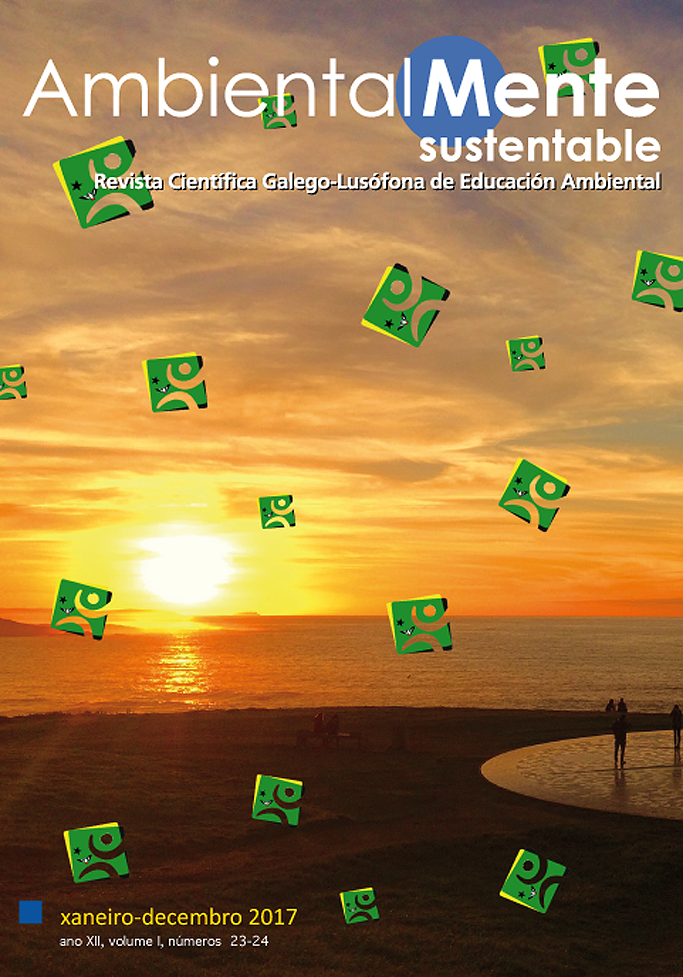Obô National Park: Knowledge and perceptions about its importance in students of S. Tomé
Main Article Content
Abstract
In S. Tomé and Príncipe the National Park Obô was created in 2006 with the mission of preserving the important biodiversity of the territory. The present study sought to test the knowledge and perceptions of the Park of 112 students attending two schools in the Capital District, 51 from the 7th year and 61 from the 11th year of schooling. To this end, a questionnaire was administered to determine whether the students had already visited the Park; whether they knew the reasons for its creation; the type of activities that should or should not be allowed in it; the advantages and disadvantages of its existence; and if they had already benefited from it or not. The content of the answers was very similar in the students of both years of schooling, and most of them admitted to never having visited the Park and showed difficulties in locating it geographically. However, they were able to state several reasons to justify its creation, highlighting more advantages than disadvantages and claiming that its existence was not negative in personal or family terms. Overall, the respondents revealed a significant lack of knowledge of the National Park and schools seems not to have done enough to promote knowledge and the desire to visit.
Keywords:
Downloads
Article Details
References
Albuquerque, C.; Carvalho, A. (2015): Plano de Manejo 2015/2020 do Parque Natural Obô de São Tomé. São Tomé e Príncipe, RAPAC, ECOFAC V.
Almeida, A. (2002): Abordar o Ambiente na Infância. Lisboa, Universidade Aberta.
Almeida, A. (2007): Educação Ambiental – a importância da dimensão ética. Lisboa, Livros Horizonte.
Barrow, E.; Fabricus, C. (2002): “Do rural people really benefit from protected áreas – rhetoric or reality?”, Parks - The International Journal of Protected Areas and Conservation, 12 (2), 67-79.
Borrini-Feyerabend, G. (2002): “Indigenous and local communities and protected areas: rethinking the relationship”, Parks - The International Journal of Protected Areas and Conservation, 12 (2), 16-27.
Brito, B. R. (2013): Fragilidades sócio-ambientais e potencialidades insulares face às alterações climáticas. In B. R. Brito (Coord.). Alterações Climáticas e suas repercussões sócio-ambientais. Aveiro, Associação Internacional de Investigadores em Educação Ambiental.
Instituto Nacional de Estatística de S. Tomé e Príncipe (s.d.). Disponível em http://www.ine.st/ (Acedido a 20 de julho de 2017).
Leventis, A.; Olmos, F. (2009): As Aves de São Tomé e Príncipe. Um Guia Fotográfico. São Paulo, Aves & Fotos Editora.
Naess, A. (1989): Ecology, Community and Lifestyle. Cambridge, Cambridge University Press.
Namukonde, N.; Kachali, R. (2015): “Perceptions and attitudes of local communities towards Kafue National Park, Zambia”. Parks - The International Journal of Protected Areas and Conservation, 21 (2), 25-36.
Neumann, R. (1998): Imposing Wilderness. Struggles over Livelihood and Nature Preservation in Africa. Berkeley, University of California Press.
Szell, A.; Hallett IV, L. (2013): “Attitudes and Perceptions of Local Reisdents and Tourists toward the Protected Area of Retezat National Park, Romania”. International Journal of Humanities and Social Science, 3 (4), 18-34.



